
VIEW PRODUCTS
Article Continues below advertisement
- Home

- Breast Lump

- Lump in Breast During Breastfeeding: How to Identify, Treat, and Prevent Lump Formation
In this Article
Breast Lump
Lump in Breast During Breastfeeding: How to Identify, Treat, and Prevent Lump Formation
Updated on 4 July 2023
Article Continues below advertisement
Have you discovered a lump in breast during breastfeeding? Don't panic! While it can be concerning, lumps in the breast while breastfeeding are relatively common and often benign. Understanding how to identify, treat, and prevent lump formation is essential for your peace of mind and the well-being of both you and your baby.
This article will explore home remedies for breast lumps during breastfeeding, how to cure breast lump naturally, and other aspects of the topic.
Is Finding a Lump in Breast During Breastfeeding Normal?
Finding a lump during breastfeeding is often a common occurrence and is typically not a cause for alarm. Breast tissue changes during pregnancy and lactation, including increased blood flow and milk production. These changes can sometimes result in the formation of lumps or nodules, which are usually harmless and temporary. Most breast lumps detected during breastfeeding are benign and unrelated to breast cancer.
However, paying attention to any new or unusual lumps is crucial and consult with a healthcare professional for a proper evaluation.
How to Identify a Lump in Breast while Breastfeeding?
Identifying a lump in the breast while breastfeeding is essential for early detection and prompt medical evaluation. Here are some critical steps to help you identify a lump:
Article continues below advertisment
1. Regular Breast Self-Exams
Perform regular breast self-exams to become familiar with your breasts' normal texture and feel. This will enable you to notice any changes or new lumps that may arise during breastfeeding.
2. Visual Inspection
Observe your breasts in front of a mirror. Look for visible changes such as redness, swelling, or changes in breast size or shape. Pay attention to any noticeable lumps or areas of thickening.
3. Manual Palpation
Gently feel your breasts using the pads of your fingers. Start from the outer edges and move in a circular motion towards the nipple. Take note of any unusual or distinct lumps, bumps, or areas of tenderness.
4. Consistency and Mobility
Assess the consistency of the lump. Benign breast lumps often feel smooth, firm, and movable within the breast tissue. Suspicious lumps may be challenging, irregularly shaped, or fixed in one spot.
5. Pain or Discomfort
Note any pain or discomfort associated with the lump. While breastfeeding can cause breast tenderness and engorgement, persistent or worsening pain should be evaluated by a healthcare professional.
Article continues below advertisment
Also read: Painful Nipples During Breastfeeding: A Step-by-Step Approach for Managing Discomfort
6. Changes in Breastfeeding
Pay attention to any changes in breastfeeding patterns. If you notice difficulties with milk flow or latching or if your baby seems fussy or unsettled during feeding, it could indicate a problem related to the lump.
What Causes a Lump in Breast During Breastfeeding?
A lump in the breast while breastfeeding can have various causes, some of which are related to the physiological changes that occur in the breast during this period. Here are some common causes of breast lumps during breastfeeding:
1. Milk Duct Blockage
A blocked milk duct is a common cause of breast lumps during breastfeeding. Milk ducts can become clogged due to inadequate milk drainage, engorgement, or pressure on the breast. This can lead to the formation of a firm, tender lump.
2. Mastitis
It is an infection of the breast tissue, often caused by bacteria entering the breast through a cracked or sore nipple. It can result in a painful, swollen lump accompanied by redness, warmth, and flu-like symptoms.
Article continues below advertisment
3. Milk Bleb or Blister
A milk bleb or blister occurs when a small amount of milk becomes trapped and forms a white spot on the nipple. It can cause a painful lump and blockage of milk flow.
4. Galactocele
A galactocele is a milk-filled cyst that forms in the breast. It typically feels like a smooth, firm lump caused by a blockage in the milk ducts.
5. Fibrocystic Changes
Some women may have pre-existing fibrocystic changes in their breasts, characterized by forming benign cysts or fibrous tissue.
How to Cure Breast Lump Naturally?
While it's essential to consult with a healthcare professional for proper diagnosis and treatment of breast lumps. Here are a few home remedies for breast lumps during breastfeeding:
1. Warm Compress
Applying a warm compress to the affected breast can help promote blood circulation, reduce inflammation, and relieve discomfort associated with certain breast lumps. Use a clean cloth soaked in warm water and gently place it on the lump for 10-15 minutes daily.
Article continues below advertisment
2. Massage
Gentle breast massage can help improve milk flow and relieve breast pain and blockages in milk ducts. Use gentle circular motions starting from the outer edges of the breast towards the nipple.
3. Maintain Proper Breastfeeding Techniques
Ensuring proper positioning and latch during breastfeeding can help prevent milk duct blockages and associated lumps.
4. Breast Emptying
It's essential to empty the breasts during each feeding session adequately. Encourage your baby to nurse frequently and thoroughly drain one breast before switching to another. You can also monitor breasts regularly even if you are experiencing breastfeeding no lump.
5. Good Breast Care
Keep breasts clean and dry to reduce the risk of infections. Use gentle, fragrance-free soaps and avoid harsh chemicals that may irritate the skin. Wear comfortable, properly fitting bras that provide adequate support.
6. Healthy Lifestyle
A healthy lifestyle, including a balanced diet, regular exercise, adequate hydration, and managing stress levels, can contribute to overall breast health.
Article continues below advertisment
You may also like: Top 5 Foods A Breastfeeding Mother Should Eat
Remember, natural remedies may provide some relief, but it's crucial to seek medical advice and follow your healthcare provider's recommendations.
How to Prevent Formation of Lumps in Breast while Breastfeeding?
Preventing the formation of lumps in the breast while breastfeeding involves adopting certain practices that promote breast health and milk flow. Here are some tips to help prevent the formation of lumps:
-
Proper latching and positioning
-
Breastfeed frequently and fully
Article continues below advertisment
-
Maintain breast health
-
Avoid restrictive clothing
-
Gentle breast massage
-
Manage engorgement
-
Avoid nipple trauma
Article continues below advertisment
-
Monitor breast changes
Read: A Complete Guide on Breastfeeding for New Moms
When to See a Doctor?
It is essential to consult a doctor if you notice any concerning changes or experience specific symptoms related to breast lumps during breastfeeding. Here are some situations when you should seek medical attention:
-
New or persistent lump
-
Increasing pain or discomfort
Article continues below advertisment
-
Flu-like symptoms
-
Abnormal breast changes
-
Worsening condition
-
Concerns about breast health.
Key Takeaways
In conclusion, encountering a lump in breast during breastfeeding can be a concerning experience for any mother. However, it's important to remember that many breast lumps during breastfeeding are benign and can be effectively treated and managed. By understanding how to identify, treat, and prevent lump formation, you can confidently navigate this situation.
Article continues below advertisment
Also read: Top 5 Things a Breastfeeding Mother Should Invest in and Why?
References
-
Gada, P. B., & Bakhshi, G. (2023). Galactocele. PubMed; StatPearls Publishing.
-
Lee, S., & Bae, Y. K. (2020). Breast lesions during pregnancy and lactation. Ultrasonography.
\
Article continues below advertisment


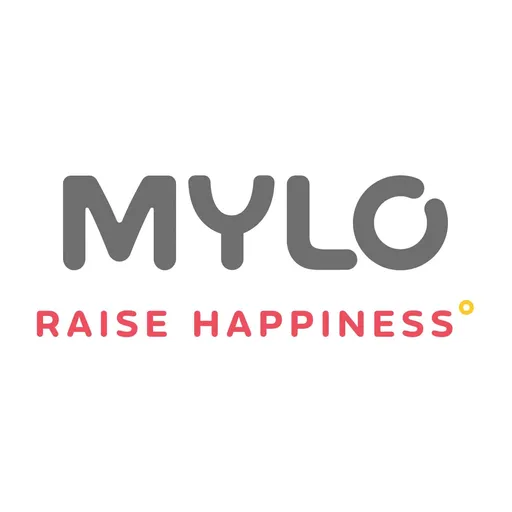
Written by
Mylo Editor
Official account of Mylo Editor
Read MoreGet baby's diet chart, and growth tips

Related Articles
RECENTLY PUBLISHED ARTICLES
our most recent articles
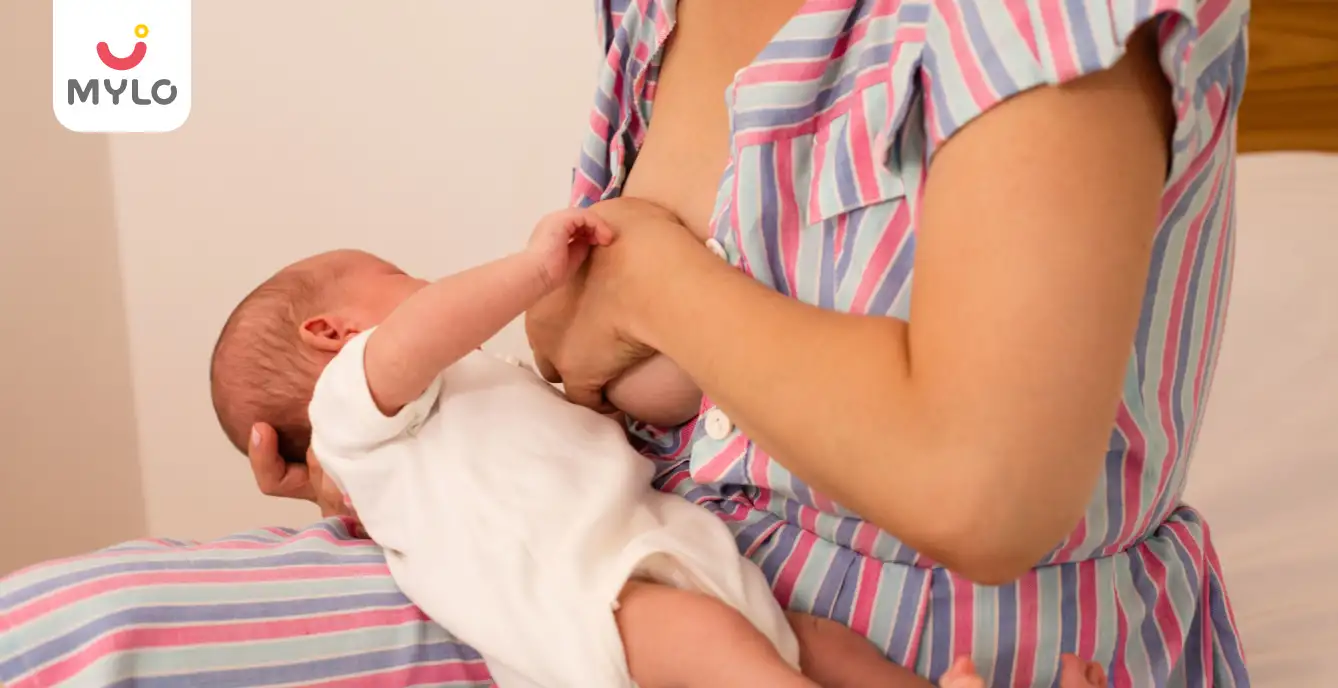
Breastfeeding Barriers
Painful Nipples During Breastfeeding: A Step-by-Step Approach for Managing Discomfort

How to Manage and Alleviate Round Ligament Pain During Pregnancy?
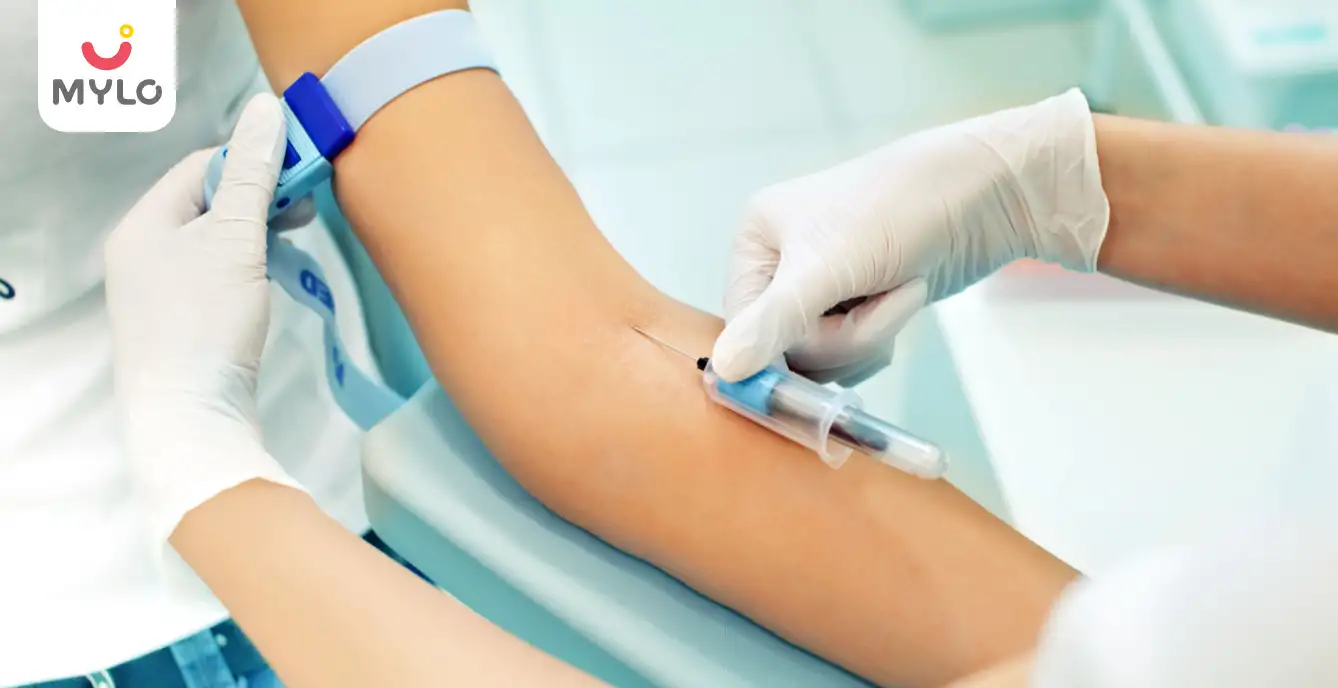
Scans & Tests
FSH LH Prolactin Test: What This Group of Tests Can Tell You About Your Fertility
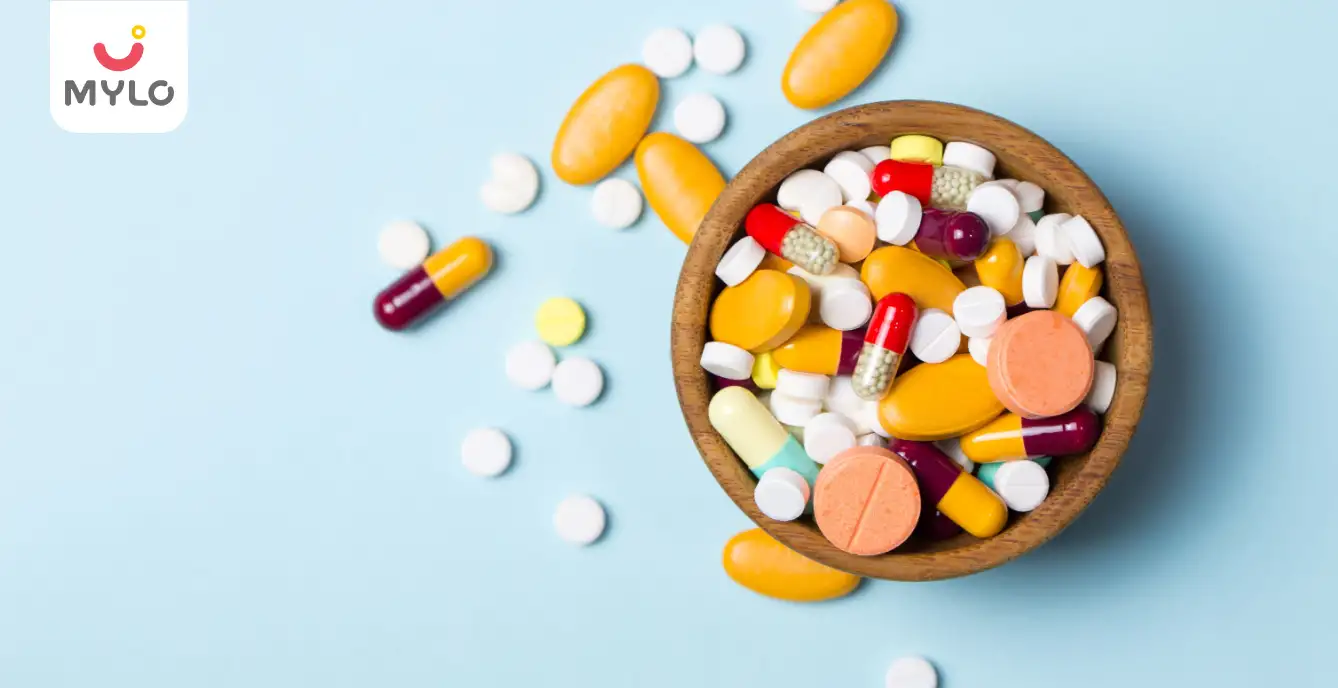
Medications
Why Berbitol is the Missing Piece in Your Supplement Stack

Leisure
Top 10 Action Movies to Watch on Netflix in 2023
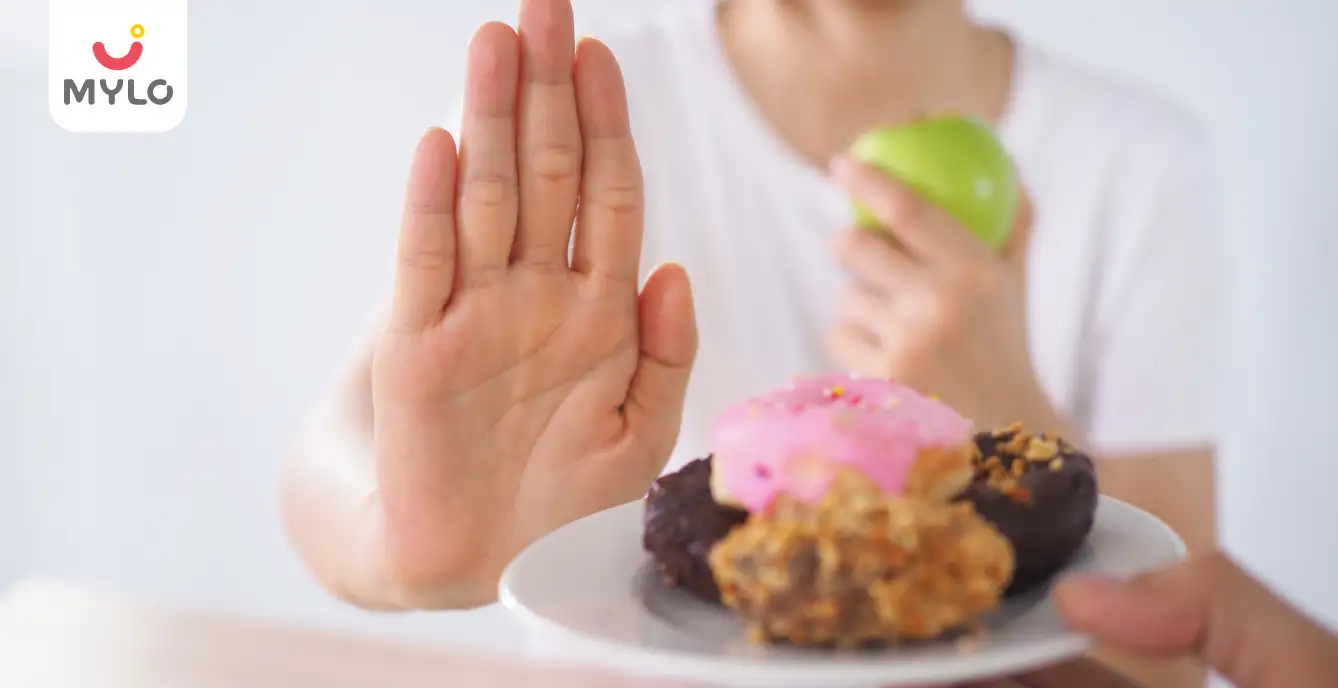
In Vitro Fertilization (IVF)
Foods to Avoid After Embryo Transfer & Other Precautions to Boost Your Chances
- Semen Analysis: A Comprehensive Look at Male Reproductive Health
- Understanding Premature Ejaculation: Causes, Symptoms, and Treatment Options
- Gokshura: The Ancient Ayurvedic Remedy for Optimal Sexual Health and Wellness
- Diet Chart for Breastfeeding Mothers: The Ultimate Guide to Optimising Your & Your Baby's Nutrition
- Low Milk Supply: What Every Breastfeeding Mom Needs to Know
- Retrograde Ejaculation: Unraveling the Mystery Behind This Uncommon Sexual Dysfunction
- Fertisure F: The Key to Unlocking Your Fertility Potential & Chances of Conception
- Here's everything you need to know if you want to give potty training to your infant or try Elimination Communication.
- Top 4 Kinds of Infertility Treatments to Cure Male Infertility
- Sleeping positions during pregnancy
- Burning Sensation After Sex: What Could It Mean
- Hormonal Imbalance in Men: What You Need to Know About Its Hidden Effects
- Kapikacchu: The Secret Ingredient for Boosting Fertility and Libido
- Safed Musli: The Secret Ingredient to Boost Your Immune System and Lifestyle

At Mylo, we help young parents raise happy and healthy families with our innovative new-age solutions:
- Mylo Care: Effective and science-backed personal care and wellness solutions for a joyful you.
- Mylo Baby: Science-backed, gentle and effective personal care & hygiene range for your little one.
- Mylo Community: Trusted and empathetic community of 10mn+ parents and experts.
Product Categories
baby carrier | baby soap | baby wipes | baby shampoo | baby lotion | baby powder | baby body wash | stretch marks cream | stretch marks oil | baby cream | baby massage oil | baby hair oil |






